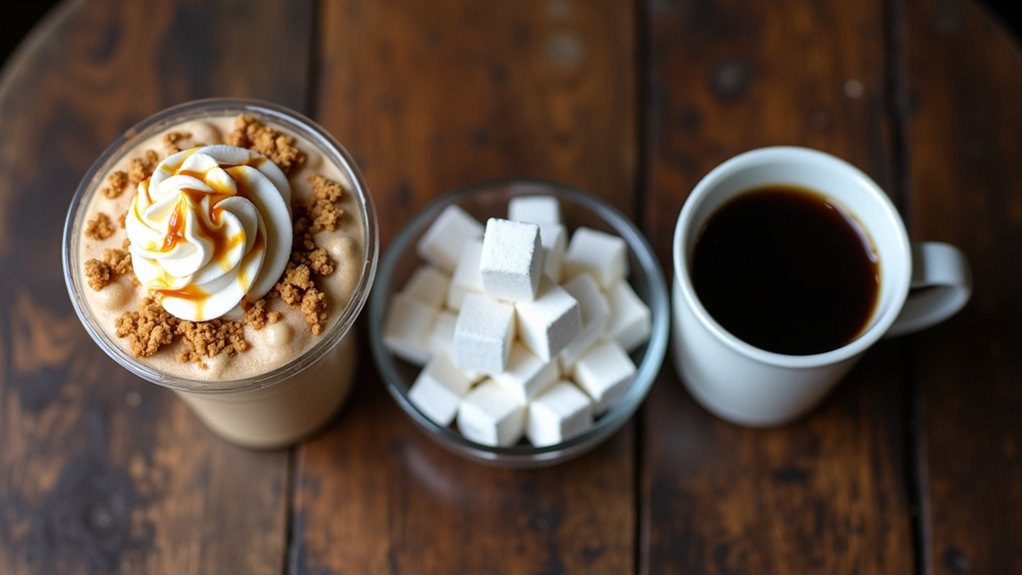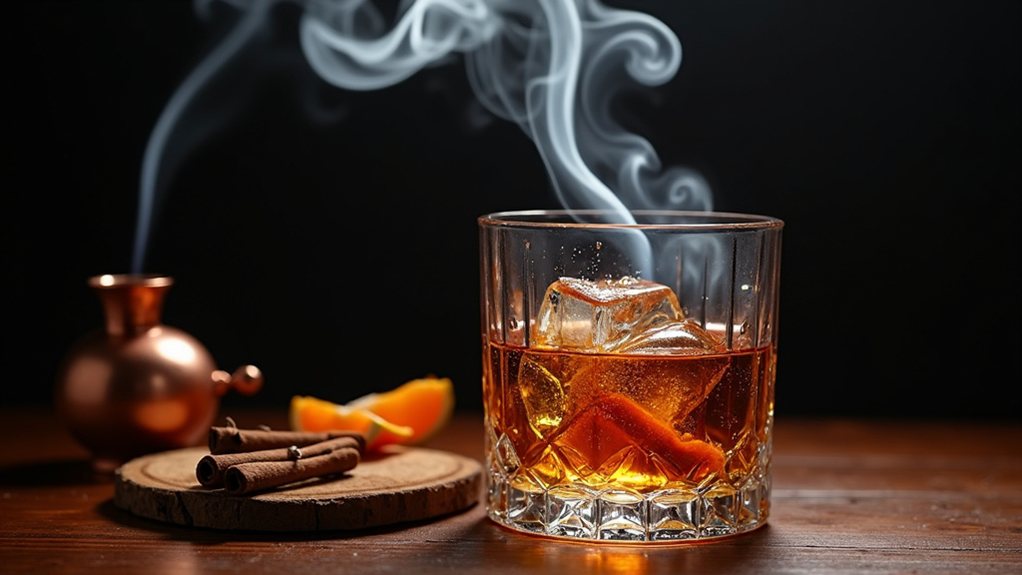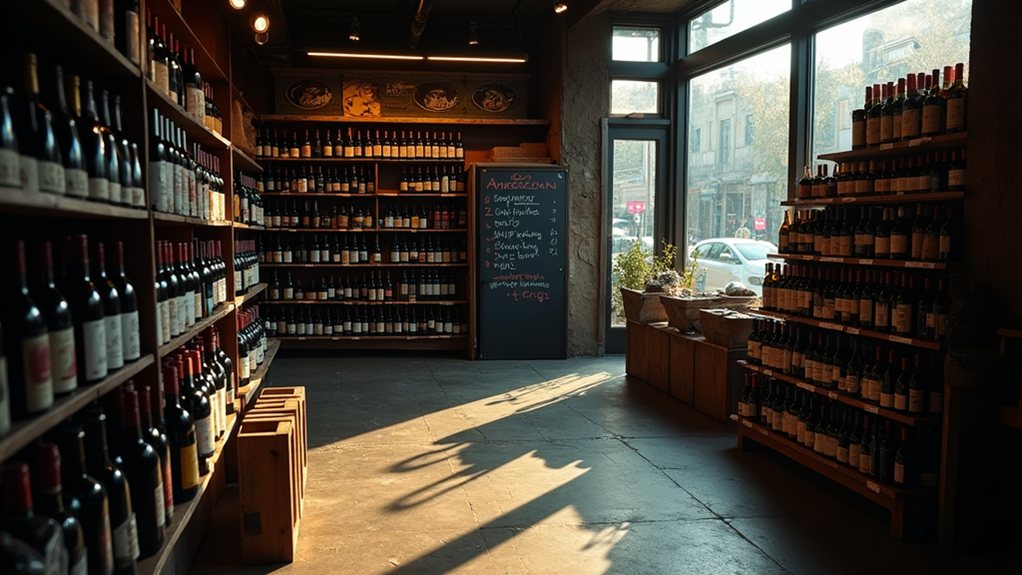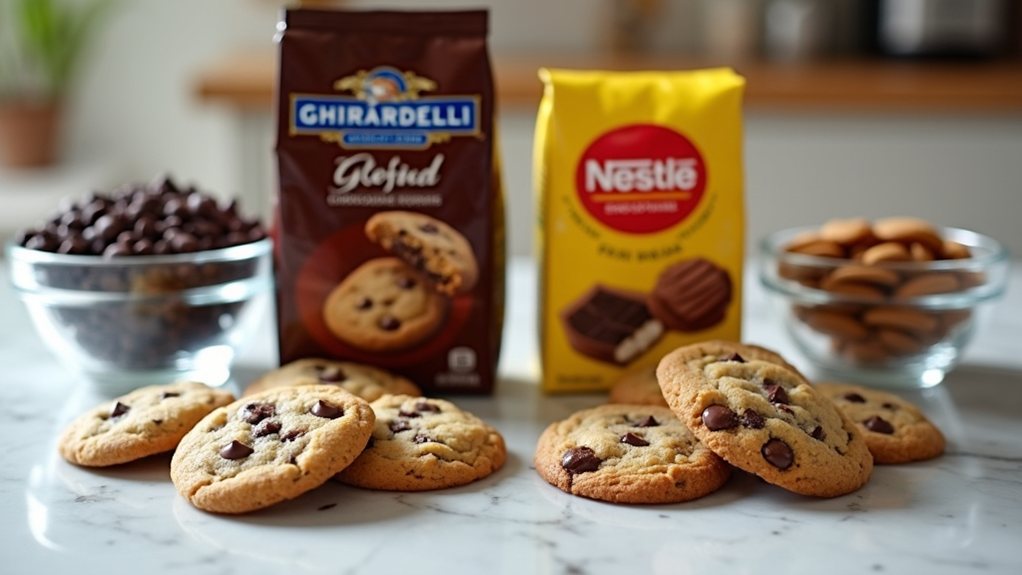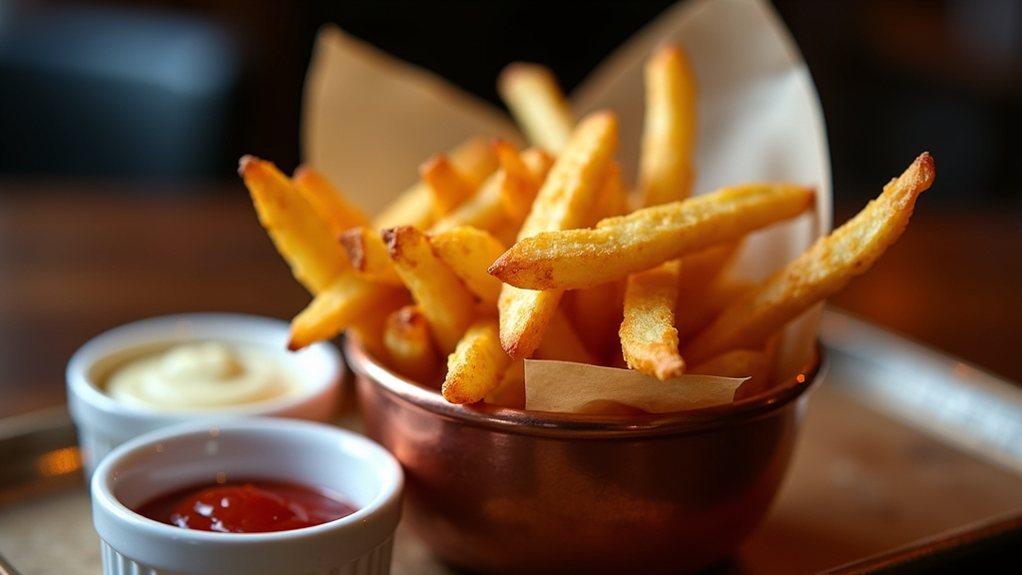Many coffee lovers stroll through drive-thrus unaware of what’s really in their cup. Fast-food coffee chains pack their beverages with shocking amounts of sugar, often concealed behind clever marketing and tempting flavor names. A large Dunkin’ specialty coffee can contain more sugar than four candy bars, while Starbucks’ frothy concoctions might exceed a day’s recommended sugar intake in just one serving. The sweet truth about these morning pick-me-ups reveals a concerning health reality.
The Hidden Sugar Crisis in Drive-Thru Coffee
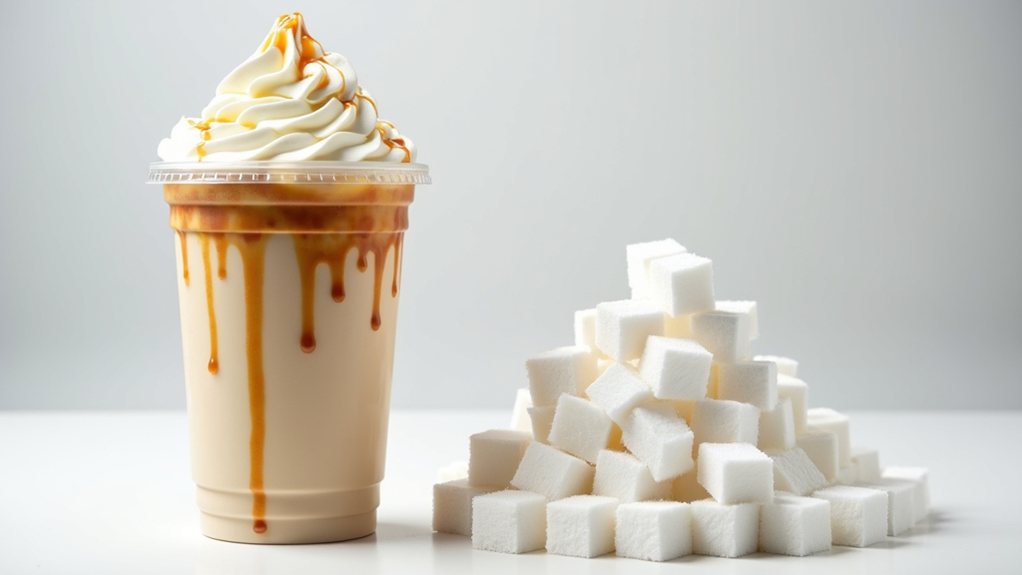
The morning ritual of grabbing coffee at a drive-thru window has become a staple for millions of Americans, but this daily dose of caffeine often comes with an unexpected companion – alarming amounts of sugar. Many consumers remain unaware that their favorite coffee beverages can contain sugar quantities that significantly exceed health recommendations, sometimes delivering multiple days’ worth of sugar in a single cup.
The American Heart Association suggests limiting daily sugar intake to 25-36 grams, yet popular coffee drinks dramatically surpass these guidelines. A large Dunkin’ Butter Pecan Frozen Coffee, for instance, contains a staggering 172 grams of sugar, while a venti Starbucks Mocha Cookie Crumble Frappuccino delivers 75 grams. These amounts dwarf the recommended daily allowance, contributing to serious health concerns like obesity, type 2 diabetes, and heart disease.
Sugar appears in these beverages through different disguises, often listed under various names such as glucose, fructose, or sucrose. Fast-food coffee establishments frequently use sugar-laden syrups, flavored creamers, and high fructose corn syrup to improve taste, creating a sweet trap for unsuspecting customers.
The mixture of different sugar types helps manufacturers mask the total content while maintaining the appealing flavor profile consumers have come to expect. Many coffee chains use multiple types of sugar in their specialty drinks to keep individual sugar sources lower on the ingredient list while still delivering an intensely sweet taste.
Reading labels can be likewise deceptive, as serving sizes may be artificially reduced to present more favorable nutritional information. Products marketed as “healthier” options may still contain substantial amounts of sugar, requiring consumers to scrutinize ingredient lists carefully for hidden sugars. Much like tasting whiskey properly requires attention to nuance and detail, identifying hidden sugars demands careful examination of coffee drink ingredients. A recent survey by Action on Sugar found that 98% of drinks from popular coffee shops and fast food chains received a red nutritional value label for excessive sugar levels.
In response to growing health concerns, some coffee chains have pledged to reduce sugar content in their offerings. For those looking to enjoy more sophisticated alternatives, replacing sugary options with bourbon cream infusions can create a more adult beverage experience with complex flavor notes. Organizations like Action on Sugar continue to campaign for greater transparency and reduction of sugar in popular beverages.
Meanwhile, consumers can take control by requesting fewer pumps of syrup, choosing smaller sizes, or opting for unsweetened alternatives.
Understanding what’s actually in that morning cup might prompt more mindful choices, allowing coffee lovers to enjoy their daily ritual without unwittingly consuming excessive amounts of sugar that could compromise their health in the long term.
